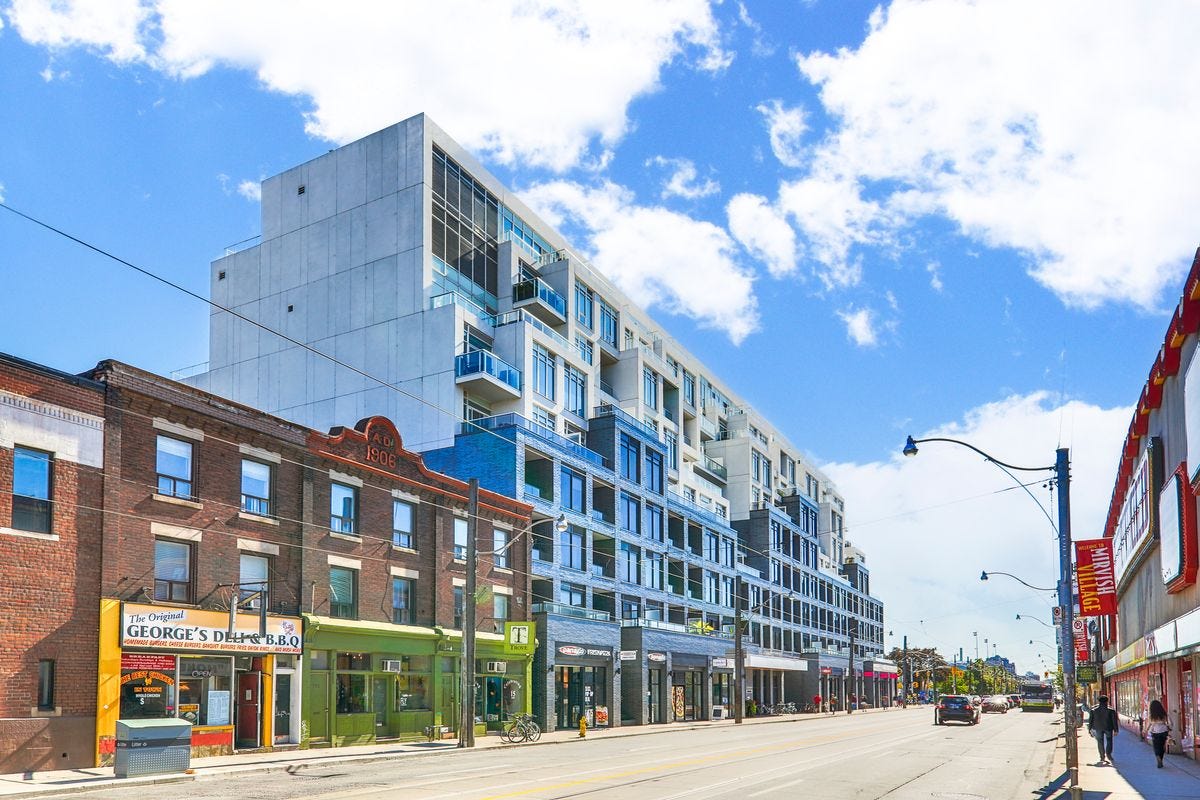Tall buildings will kill more than they save: Part One

It’s an axiom of much urban planning that the housing crisis currently afflicting so many large centres can be allayed by building tall, very tall buildings. Thirty, forty, fifty stories. For a residence. And the more the better. Cities like Toronto are a case in point. Although its population is less than three million, not huge by any measure, Toronto ranks third in North America for the number of skyscrapers. Yet the mania for height has done little to ease its housing crisis; it was recently ranked more expensive for housing than New York or Los Angeles. Only Vancouver, that other pincushion, is more expensive. And many of these towers offer only tiny living spaces that are barely workable for singles, much less a small family
Meanwhile, the city’s own planning department has stated that there is ample room for many more low rise residential buildings — say, 10 stories — along the city’s lengthy, existing subway lines and throughout many well-established neighbourhoods. But it’s far more profitable for developers to build 30 stories on one, high demand corner, than three 10 story buildings in neighbourhoods that would benefit greatly from better housing stock. The B-Street condominium, an 8-storey, 9 year-old building on one of Toronto’s highest demand corners, Bathurst and Bloor, has won awards for features such as a back-lane that also functions as outdoor spaces for residents. Meanwhile, a more recent high-rise across the street, while including some positive features, is nevertheless an architecturally undistinguished, hulking presence in an overwhelmingly low-rise, single-family home neighbourhood.
Tall buildings don’t have to be gruesome and banal, sporting grim, empty storefronts at the base, and sucking life off the streets around them, but too many are.
And according to a growing chorus of voices, they are contributing greatly to climate change. A compelling 2021 study by researchers at Edinburgh’s Napier University, published in the respected scholarly journalNature, concluded that, contrary to what the researchers call “myth,” dense but low rise development conserves more space and carbon. Conversely, tall towers have a dramatically higher carbon footprint: See “Decoupling density from tallness in analysing the life cycle greenhouse gas emissions of cities,”
Some architects are joining in (though many high profile members of the profession remain champions of the taller — and weirder — is better ethos.) Writing inDezeenin May, 2022, architect Vishaan Chakrabarti made the case for housing the world’s growing population — another 3 billion by 2100 — in dense, low-rise housing. His ideas were also the subject of a TED talk in October, 2021. In the Dezeen piece, Chakrabarti notes:
“The answer is hiding in plain sight: a ‘Goldilocks’ type of high-density, low-rise urban housing that sits between the scale of sprawling single-family houses and large-scale towers, advocated by many architects and urbanists for decades."
Further thoughts on this topic and how some architects and developers have based their life’s work on this philosophy, ranging from public housing to thoughtfully conceived high-end accommodation, is coming next week.




